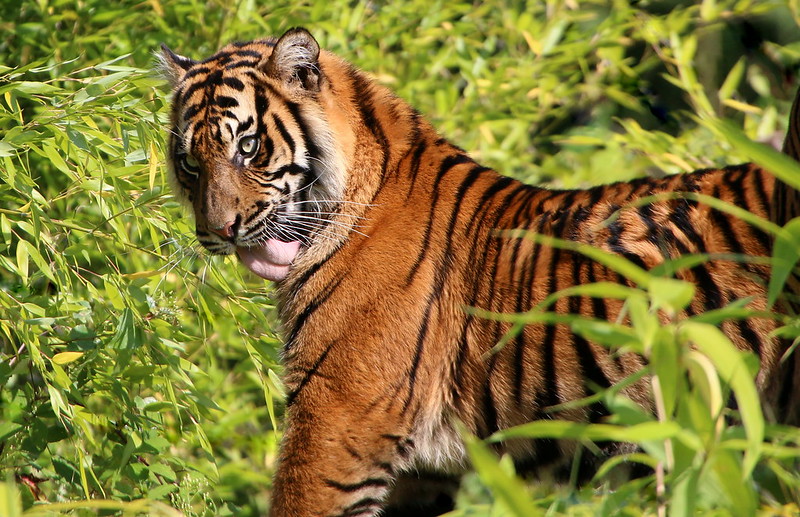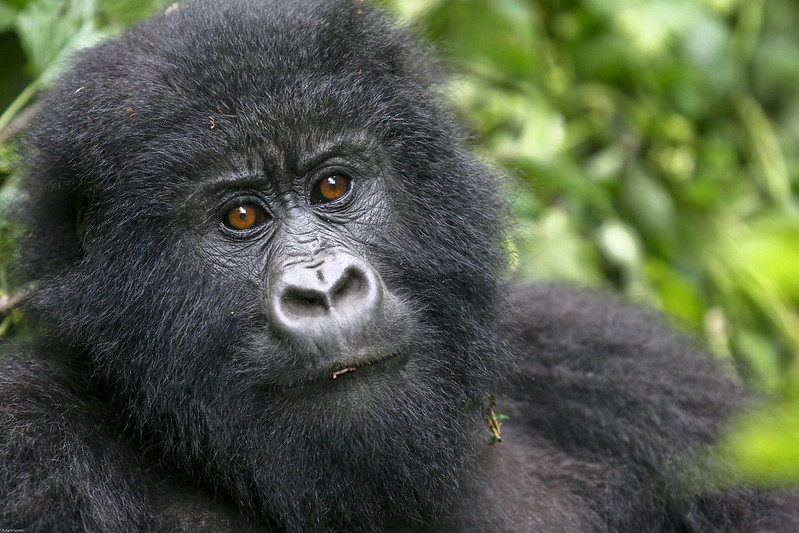Does Uganda Have Tigers? Exploring the Big Cats of Africa When you think of Uganda,…
Why go on safari in Tanzania?
Why visit Tanzania for Safari? | Great wildebeest migration in Serengeti and Wildlife Safaris in Ngorongoro crater
Welcome to Africa’s most comprehensive Tanzania safari guide. Tanzania provides exceptional game watching in a spectacular backdrop of snowy peaks, volcanic craters, and the Masai steppe of boundless grasslands, from the grand migration of the Serengeti to the more distant National Parks.
Tanzania definitely has plenty to offer every type of vacationer. From great wildlife reserves to gorgeous beaches, excellent lodgings, incredible culture, and gastronomy, here are some reasons why you should consider spending your next vacation there.
Tanzania is the wild half of East Africa, with vast grassland, volcanic highlands, the Great Migration, and the towering walls of the Ngorongoro Crater attracting travellers from all over the world.
Mahale National Park’s chimpanzees
The tiny and lonely Mahale Mountains National Park is located in Tanzania’s far west, on the shores of Lake Tanganyika. The major lure here is chimpanzee trekking, and viewing them in their natural habitat is a very amazing experience. You will be able to see the chimps’ incredibly human-like conduct as the smaller ones play in the trees while the adults observe and argue amongst themselves when you visit them.
The Great wildebeest migration
Why go on safari in Tanzania? – Africa is full of incredible animal encounters, but the Great Migration is one of the most stunning. This spectacular display is a once-in-a-lifetime encounter and on the bucket list of many an African traveller: a million wildebeest crossing the Serengeti grasslands in search of new grass while avoiding predators and risky river crossings.
The Safari Parks of Western and Southern Africa
Southern and western Tanzania are sometimes disregarded by visitors who want to visit the more well-known parks in the north, despite the fact that these regions are highly valued among dedicated safari-goers. The southern parks of Selous and Ruaha provide excellent animal viewing as well as a broader range of activities and greater value for money than Northern Tanzania. The distant western parks of Mahale and Katavi are more expensive and harder to access, yet they both provide an unforgettable safari and African wilderness experience.
Mt. Kilimanjaro
Kilimanjaro, the tallest peak in Africa, is located in north-eastern Tanzania and can be seen from as far as Kenya. The mountain is a great life force for the Chagga people and all others who have built their homes around it, providing rich volcanic soils for agriculture and an unending supply of clear spring waters. Kilimanjaro is climbed by 75,000 people each year, so it is not the most unspoiled or difficult mountain, but it is nevertheless an awe-inspiring site to witness and highly recommended for anybody with even a passing interest in climbing.
The Ngorongoro Crater is located in Tanzania.
The Ngorongoro Crater is a jewel in Tanzania’s crown, the world’s biggest intact volcanic caldera, and a home for a spectacular diversity of animal life, making the crater a “must-do” on any visit to Tanzania. As you watch the animals stroll across the grasses on the crater floor towards the lake, the backdrop of the crater walls provides some beautiful photography opportunities.
Zanzibar
What better way to finish a safari experience across Tanzania than to rest on one of Zanzibar’s stunning white-sand beaches? Zanzibar, often known as the “Spice Island,” has drawn people from all over the world from time immemorial; Persians, Chinese, Arabs, Indians, and many more have all sailed their ships into Zanzibar’s harbour over the years, intent on commerce and occasionally pillage. Visit Stone Town to see the spice bazaar and magnificent Arabic architecture. If diving is more your thing, learn to dive at one of the numerous dive centres offered by the local resorts. The seas around the island are crystal clear and home to a diverse array of marine life.
Birds and wildlife
Tanzania boasts the highest concentration and diversity of animals in Africa, with over 1000 bird species to be found. Tanzania is home to some of the world’s most valued national parks and game reserves, including the world’s biggest game reserve, the Selous Game Reserve, which is home to over 120,000 elephants, 160,000 buffalos, and 2000 rhinos. Selous also has a high density of hippos, crocodiles, and wild dogs.
The Meal
Tanzanian cuisine is a blend of traditional African and Arabic/Indian influences, particularly near the coast and in Zanzibar. Zanzibar is famous for its seafood, and most hotels in the region provide a superb selection of fresh seafood meals. Visit the Stone Town night food market for the ultimate gourmet experience. This vibrant market, which serves a range of tasty meals, is a must-see for experiencing the local people and culture.
The Masai Tribe
The Masai people of East Africa dwell in semi-arid and desert regions along the Great Rift Valley in southern Kenya and northern Tanzania. They are well-known for the particular red fabric they wear, known as a Shuka, as well as their very lively rituals. They actively invite tourists to discover their culture and way of life firsthand.
Summer – October – April climate
20˚C/68˚F 30˚C/86˚F
Winter, May, and September
19˚C/66˚F 25˚C/77˚F
Winter rains are heavy, whereas summer rains are light.


